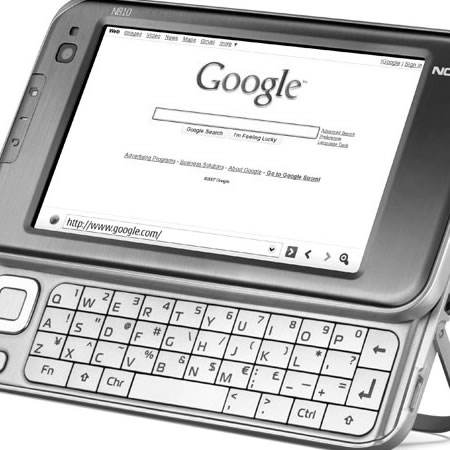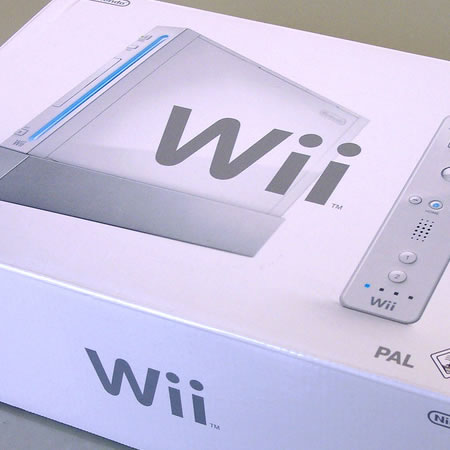A week or so back I managed to get my hands on a Nokia N810 as part of our MoLeNET project, one of many mobile devices we have got to support the project. These devices are for two main reasons, firstly from a learner support perspective, if they have them, how do they work and how does our mobile content play on them? Secondly to evaluate them from a college perspective so that if and when we get more mobile devices for our learners we can go with a device we have used, checked and know works. We can also use that information to advise and recommend devices to learners.
So what do I think of the Nokia n810?

So far I have been quite impressed with the Nokia N810, it is a neat smart device, which works as you expect it to work.
Browsing is good, as are other internet applications. It either uses wi-fi or you use a Bluetooth connection to your phone and use your phone’s 3G data connection. Thing to remember is that it is not a phone!
I found the keyboard though small, much easier and better than any mobile phone keypad for typing in text and the predictive text entry means you can go quite fast.
Haven’t yet tried video on the device as in an actual video file, tried it with an online video, BBC’s iPlayer, and the Flash video playback was very poor, jerky and unwatchable. I am guessing that is a similar reason why Apple have not implemented Flash on the iPhone and the iPod touch – though I have also heard it was more down to PDF reading and implementation!
Battery life is good and much better than a lot of UMPCs out there, so it has that going for it.
The Register has a really detailed and good review of the Nokia n810 on their website.
Nokia’s approach for the N810 is pretty simple: phone screens are too small for decent web browsing, so surely a separate portable device that has a bigger screen and Wi-Fi connectivity is needed for serious portable web access.
Their verdict?
Taken at face value, Nokia’s N810 not a bad box of tricks. For surfing the web, email and as an internet communication device it is a handy little gadget, while the operating system is easy to use, feature rich and robust. The relative abundance of software is another plus. But that lack of a SIM slot does niggle just a bit.
I believe that the Nokia n810 is a great portable internet device for learning and I really like it.
I don’t believe it is suitable as a device to give to learners, for two main reasons, number one it is expensive for what it does, two, it is too “delicate” and “stylish” and I don’t think it is robust enough to be given out to students in the way that a PSP or even an iPod touch could be given out.








